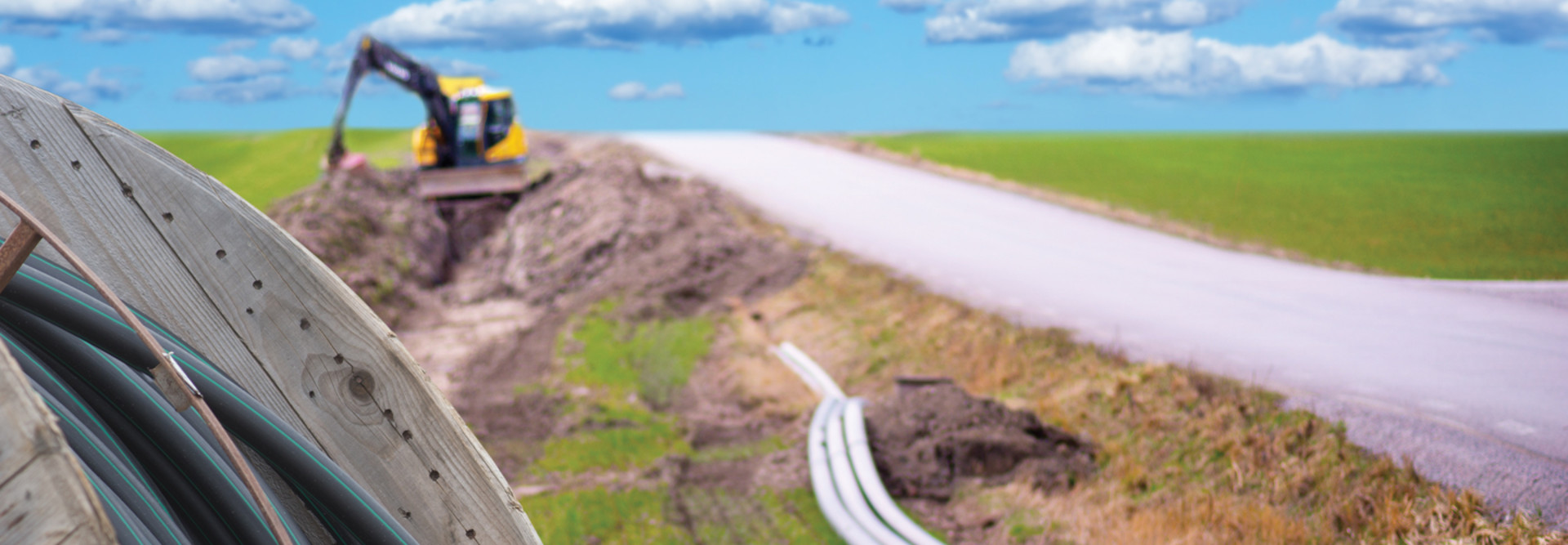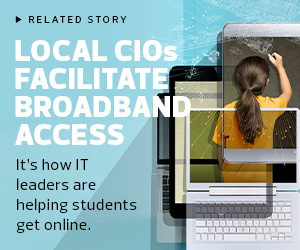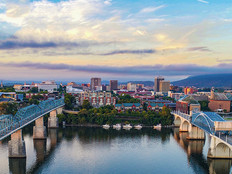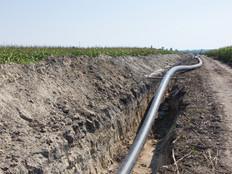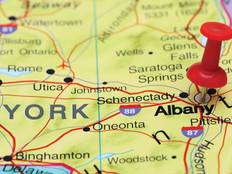“I think there’s a bipartisan recognition in Congress today that it needs to provide the funds in order to close the gap,” Boucher adds.
Tyler Cooper, editor in chief at BroadbandNow, notes that during the pandemic “there were millions of Americans who woke up to the idea that broadband is no longer a luxury, right? It’s a pretty much a prerequisite for modern living.”
“And so in rural America, where broadband has, in large part, never really been a facet of life, all of a sudden that’s a very rude awakening,” he adds, “because all of a sudden your income is tied to that, and your ability for your children to learn is tied to that.”
EXPLORE: How does municipal broadband aid communities?
What Is the Rural Digital Opportunity Fund?
There have been many attempts at the federal level to address the rural digital divide in the past. One of the more recent efforts is the FCC’s Rural Digital Opportunity Fund, which has sought to use reverse auction revenue to “bring high speed fixed broadband service to rural homes and small businesses that lack it,” according to an FCC fact sheet. The fund sought to raise $20.4 billion, to be paid out over 10 years.
The Phase I auction, which began Oct. 29, 2020, and ended Nov. 25, 2020, awarded “support to bring broadband to over five million homes and businesses in census blocks that were entirely unserved by voice and broadband with download speeds of at least 25 Mbps,” according to the FCC. The agency said that Phase II will “cover locations in census blocks that are partially served, as well as locations not funded in Phase I.”
As The New Yorker reports, enthusiasm for the RDOF waned after the winners of the auction were announced:
The bid of the biggest winner, LTD Broadband, a small Las Vegas-based wireless-service provider, was 1.3 billion dollars, to provide high-speed Internet to more than half a million locations in fifteen states, even though the company’s primary focus has been wireless technology, not fiber-optic broadband, and a number of broadband experts questioned whether it would be able to achieve the speed and fiber-optic capabilities on which the grant was premised.
Concerns abound about other auction winners and whether they have the capability to provide to the millions of rural Americans who desperately need broadband, according to The New Yorker. The FCC says it “will only award funding after a review process that determines whether the winning bidders will be able to carry out their proposals,” the publication reports.
Former FCC Chairman Tom Wheeler tells The New Yorker that in 2016, shortly before leaving office, his team at the commission conducted a study and determined that the most cost-effective way to deliver broadband was for the government to fund it up front, the same way it pays for highways and airports. “The analysis we did showed that for about 40 billion dollars, we could deliver fiber to ninety-eight percent of all the unconnected locations in the country,” he says.
Blair Levin, a nonresident senior fellow with the Brookings Institution Metropolitan Policy Program, who in 2009 oversaw the development of the FCC’s National Broadband Plan, is a critic of the RDOF program and says that former FCC Chairman Ajit Pai was too quick to declare victory for the initiative.
Though he acknowledged he hasn’t examined every bidder and all of the details, Levin says that he suspects “there are number of winners in that auction that I think are quite questionable. And I know, because I’ve talked to a lot of people in rural areas who are really upset because they’re kind of stuck. They’re not going to get the benefit.”



